Modern homes have evolved significantly in structure, function, and energy efficiency over the years. One feature that seems to spark curiosity, especially among homeowners and prospective buyers, is the presence or absence of a chimney. The question “does every house have a chimney” is not as straightforward as it might seem, and exploring it reveals important insights into architectural trends, heating technologies, and home safety practices.
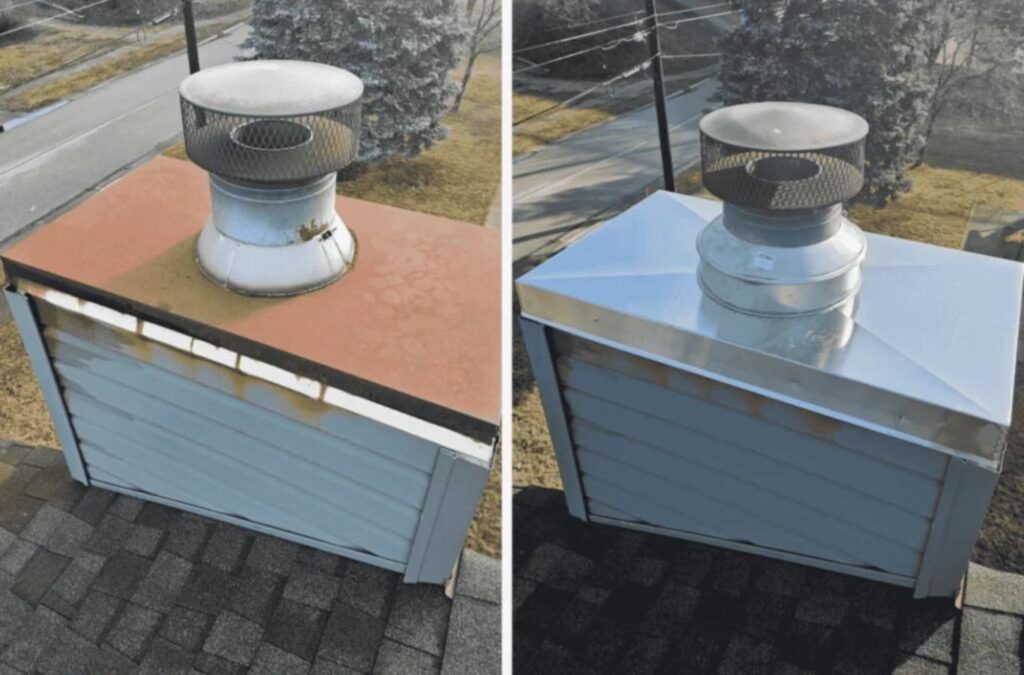
A Historical Perspective on Chimneys in Residential Architecture
Historically, chimneys were a staple in homes because wood-burning fireplaces or stoves were the primary heating sources. From colonial homes to Victorian-era mansions, chimneys were not only functional but also added aesthetic appeal. These brick or stone structures helped remove smoke and combustion byproducts from fireplaces, stoves, or boilers, ensuring cleaner indoor air.
In older homes, particularly those built before the mid-20th century, chimneys are almost guaranteed to be part of the architecture. They often serviced multiple fireplaces throughout the house and were crucial for heating before the widespread adoption of electric and gas heating systems.
Shifts in Modern Heating Technology
With the introduction of central heating, powered by electricity, natural gas, or oil, the need for traditional fireplaces and wood-burning stoves declined. Central HVAC systems provide a more consistent and efficient way to heat entire homes, rendering chimneys unnecessary in many cases. This shift has led to an increasing number of newer homes being constructed without chimneys.
Instead of relying on traditional chimney structures, many modern gas furnaces and water heaters vent through small exhaust pipes that exit through the side of the house or the roof. These direct vent systems are safer, more efficient, and take up less space, making them a popular choice in new home builds.
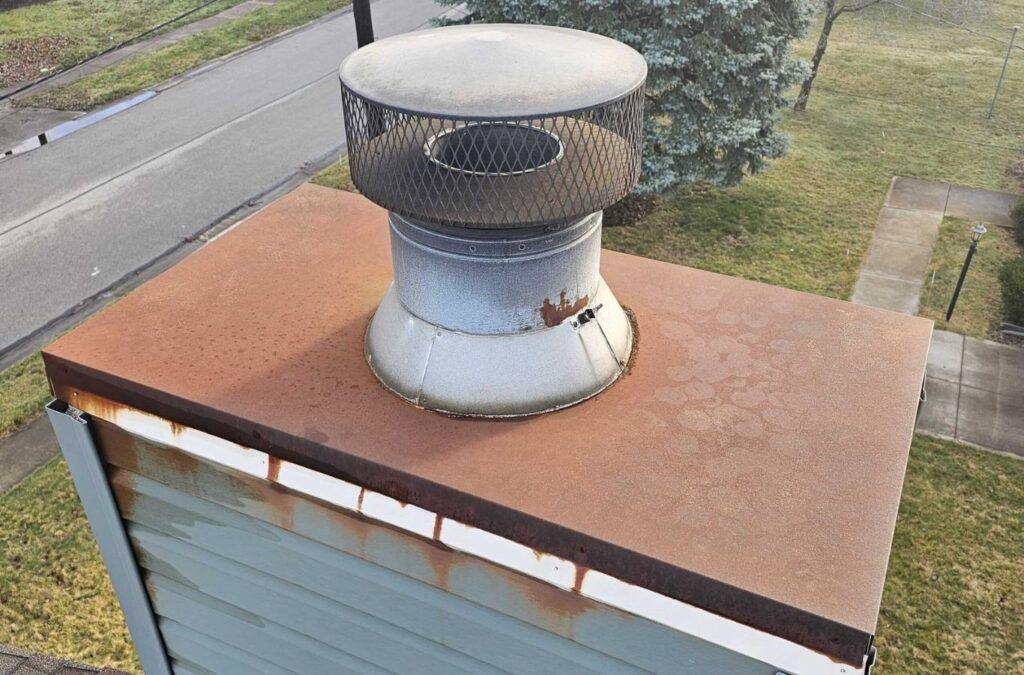
Chimneys in Homes with Fireplaces
Despite technological advances, many homeowners still opt for fireplaces—whether for warmth, ambiance, or design purposes. In such cases, a chimney is typically required. However, not all fireplaces require a traditional masonry chimney. Gas and electric fireplaces can be ventless or use direct vent systems that do not involve a traditional brick-and-mortar chimney.
Electric fireplaces, for example, are entirely self-contained and don’t require venting at all. Gas fireplaces may need a venting system, but it’s often a simple metal pipe through a wall or ceiling, not a full-scale chimney.
So, while fireplaces are still popular, the need for a chimney depends largely on the type of fireplace installed.
Urban and Suburban Construction Considerations
Geography and regional building practices also play a role. In colder climates, chimneys are more common due to higher heating demands. However, in warmer climates, many homes forego fireplaces altogether. Urban and suburban planning also impacts this trend—homes in densely populated areas may be less likely to include a chimney due to space limitations and building codes.
Building codes themselves have shifted in many municipalities. Newer code regulations favor energy efficiency, safety, and cleaner indoor air quality, often steering builders away from traditional chimneys unless specifically requested by the homeowner.
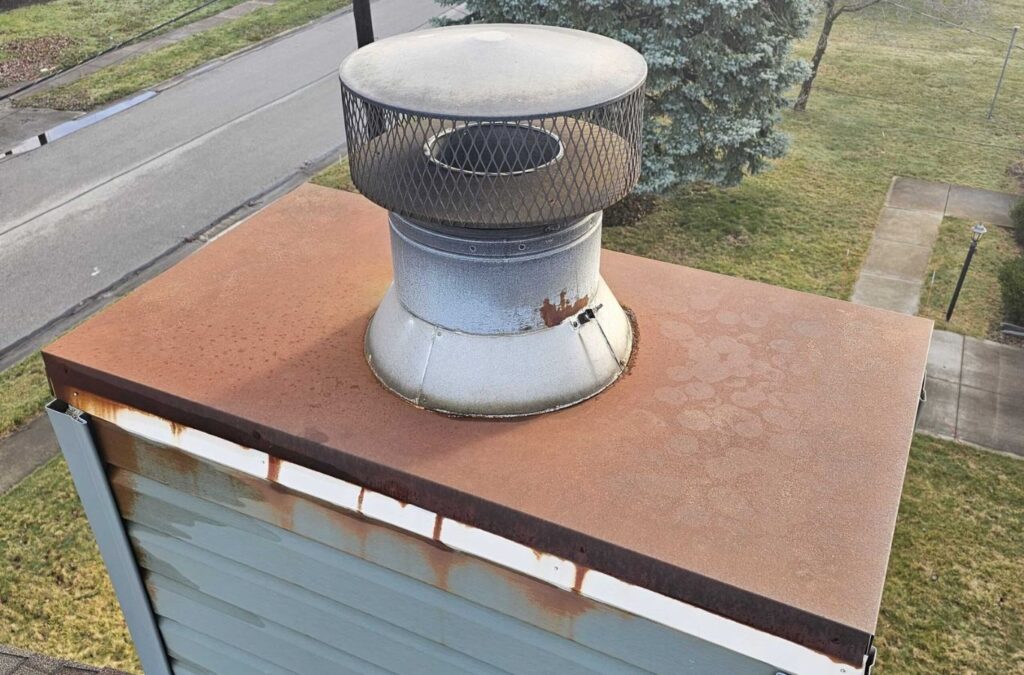
Custom Homes vs. Production Homes
Custom homes, designed to the buyer’s specifications, are more likely to include a chimney if the homeowner desires a fireplace. Production homes, built en masse by developers, may omit chimneys entirely to cut costs and because demand has decreased.
Buyers who want a fireplace and chimney may need to seek custom-built options or older homes where these features are already integrated. That said, a retrofit is possible but often expensive and labor-intensive.
The Role of Chimneys Beyond Fireplaces
Chimneys are not always connected to fireplaces. They can also be part of the ventilation system for boilers, wood stoves, or even kitchen appliances in some older home designs. However, with the move toward electric appliances and sealed combustion heating units, the multifunctional use of chimneys has declined.
Today, you might find older homes with unused or sealed-off chimneys that were once essential to daily function. These sealed units may still be visible externally but serve no functional purpose within the home.
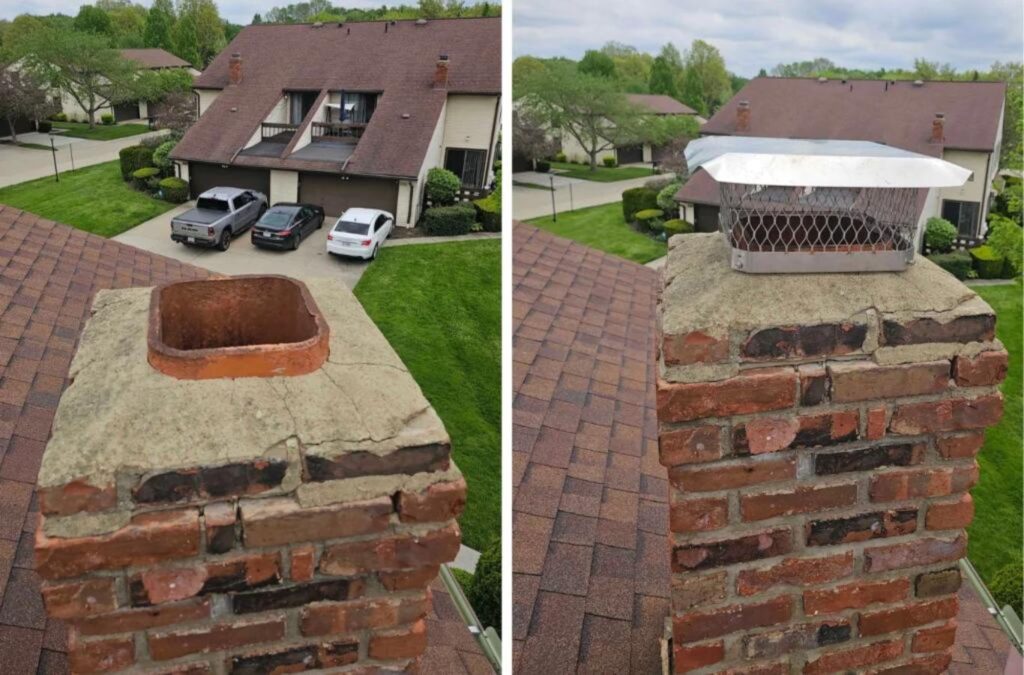
Maintenance and Safety Considerations
Homes that do have chimneys require regular maintenance, including inspections and cleanings to prevent hazards like chimney fires or carbon monoxide leaks. Whether the chimney services a fireplace, wood stove, or gas appliance, safety is paramount.
Organizations such as the Chimney Safety Institute of America (CSIA) recommend annual inspections. Creosote buildup, animal nesting, and structural degradation can pose significant risks if left unchecked.
Environmental and Energy Efficiency Concerns
Traditional wood-burning fireplaces are not energy-efficient and release particulates into the air. Some municipalities have even introduced regulations or incentives to replace wood-burning systems with cleaner alternatives. This has further discouraged the inclusion of traditional chimneys in new construction.
EPA-certified wood stoves and gas fireplace inserts offer a cleaner burn and better efficiency, often paired with direct vent systems instead of chimneys.
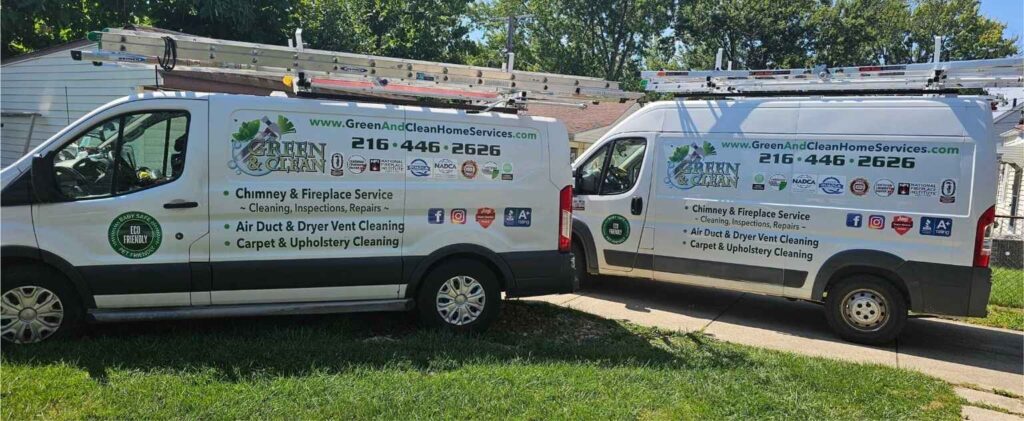
Chimneys and Home Value
Some buyers see chimneys and fireplaces as a valuable feature, especially in colder regions where they can be both functional and aesthetically pleasing. Real estate listings often highlight a fireplace as a desirable amenity. However, others may view a chimney as an outdated feature that requires maintenance and could pose safety risks if not properly cared for.
As with many home features, value is in the eye of the buyer. Those who prize the charm and ambiance of a fireplace may seek out homes with chimneys, while others prioritize energy efficiency and low maintenance.
Conclusion
So, does every house have a chimney? The answer is a definitive no. Chimneys were once a universal element in home construction, but modern heating solutions, regional preferences, and efficiency standards have made them less common in new builds. Their presence depends on the age of the home, its heating system, and the preferences of the builder or buyer.
For homeowners who do have chimneys, maintaining them is essential. Chimney inspections, cleanings, and repairs help ensure safety and prolong the life of the structure. If you’re unsure about the condition or functionality of your home’s chimney, Green & Clean Home Services offers trusted inspections, cleanings, and expert maintenance to help keep your home safe and efficient. We hope this answer your questions about does every house have a chimney.


